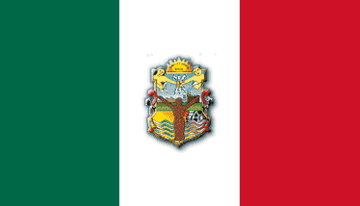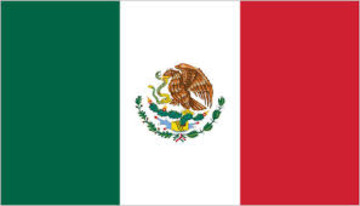Ensenada
Municipality of Ensenada | County / Province
The municipality of Ensenada is the fourth-largest municipality in Mexico with a land area of 19,526.8 km2 (7,539.3 sq mi) in 2020, about the same size as Hidalgo state and larger than five Mexican states.
Located offshore, Cedros Island and Guadalupe Island are part of the municipality, making Ensenada the westernmost municipality in Mexico and Latin America.
Subject ID: 167424
MoreThe municipality of Ensenada is the fourth-largest municipality in Mexico with a land area of 19,526.8 km2 (7,539.3 sq mi) in 2020, about the same size as Hidalgo state and larger than five Mexican states.
Located offshore, Cedros Island and Guadalupe Island are part of the municipality, making Ensenada the westernmost municipality in Mexico and Latin America.
Incorporated on May 15, 1882 as the northern partido of the Baja California Territory, it became a municipality of the state of Baja California on December 29, 1953.
The municipality shares borders with every other municipality in the state: Tijuana, Playas de Rosarito and Tecate to the north, Mexicali and San Felipe to the east and southeast and San Quintín to the south. Its municipal seat is Ensenada, a port lying near the northwest corner of the municipality.
Ensenada's current (as of 2020) municipal president (Spanish: presidente municipal) is Armando Ayala Robles. A major port is planned to be built in Punta Colonet, a largely uninhabited area 80 km (50 mi) south of the city of Ensenada.
In February 2020, San Quintín separated from Ensenada and became Baja California's sixth municipality. Prior to this, Ensenada was the country's largest municipality. In January 2022, San Felipe separated from Ensenada and became Baja California's seventh municipality, further reducing the size of Ensenada Municipality.
Subject ID: 167424
Subject ID: 167424

